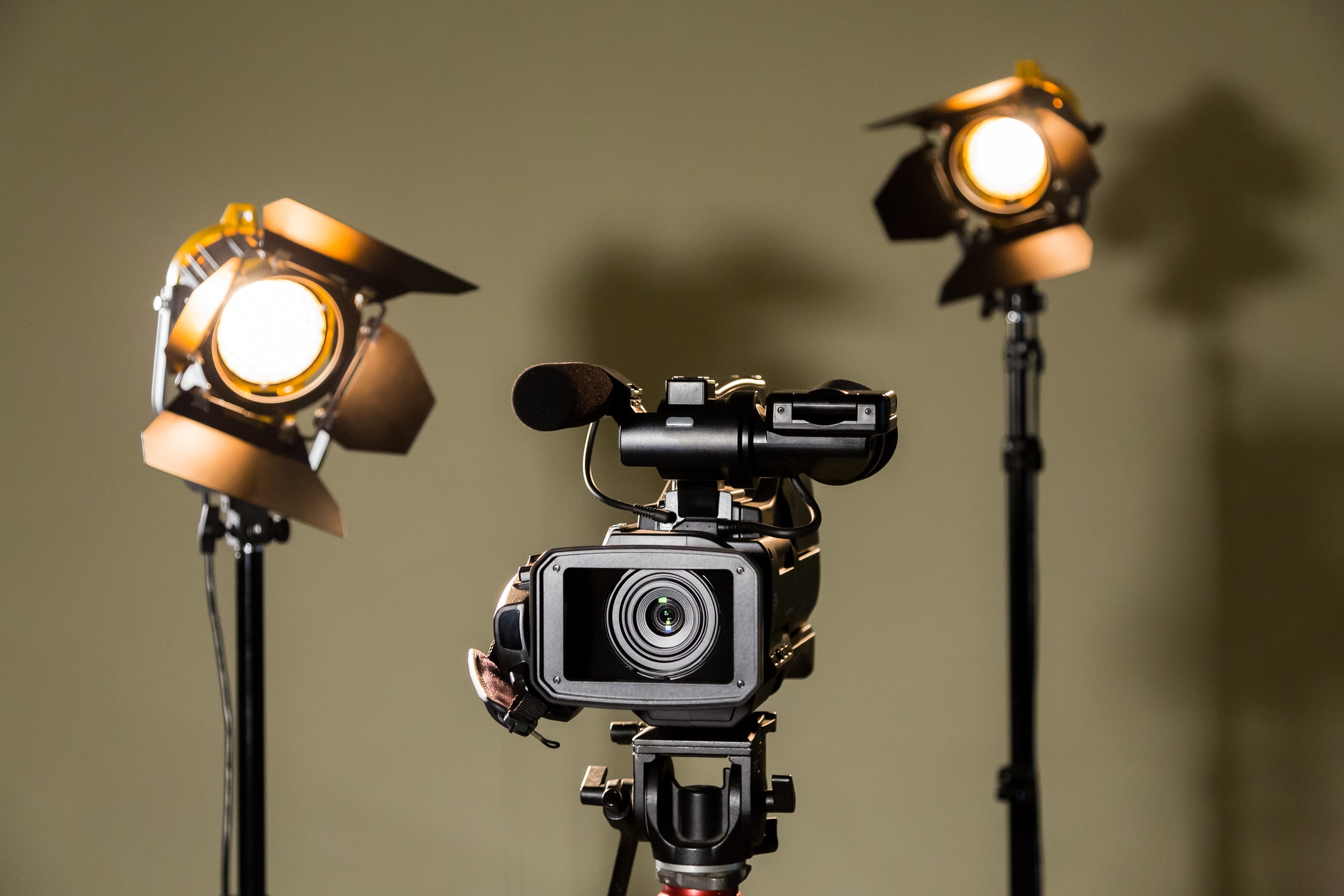It’s no secret that video is one of the most popular and successful types of content for inbound marketing. In fact, marketers that use video reportedly grow revenue 49% faster than non-video users. However not all videos are created equal. While there are great resources for shooting your own, what do you do when the use case calls for greater production quality than your budget allows?
One solution we’ve implemented with great success is to collaborate with clients on the creation of a DIY video kit. To start, we purchase and create the foundation for professional looking videos: “prosumer” camera, mic and basic lighting kit, shooting and setup guide, template script and b-roll. With these items in place, we join video shoots remotely via Skype or Facetime so we can coach the marketing team through production. All the footage is supplied to us for editing, including branding, a music bed and some motion graphics to enhance production values.This approach can be especially budget-friendly when you have a recurring use case for a high quality video, such as in your sales process, but do not have the talent in-house to edit or create visual effects. Taking the time to create the foundational components is most important and can be time consuming, but if done correctly it makes future video production seamless.
For the equipment, we provide our clients a list of equipment to purchase, including a quality DSLR, tripod, microphone, and lighting panels. We also highly recommend a good teleprompter which will make the recording process much easier for both you and your talent. If you choose to go this route, you’ll want to make sure you’ve invested in a tripod sturdy enough to support your prompter (there’s a great iPad app for this called Teleprompter Premium which you can get here).
Next, draft we work with the client to draft the script template. Since these videos have a frequent or recurring use case, there is usually a content structure we already follow. In the example of a sales video, you may find you always begin by talking about the particular product or service you’re pitching followed by the prospect’s specific need and then an example of how you’ve solved similar pain-points for others. So the script may look something like this:
“I’m thrilled to learn you’re interested in our Professional Line Widgets. They’re our highest quality widgets, last 13% longer than standard designs and cost only 5% more. They’d be a great solution for your [Insert initiative name] and go along way towards your goal of [Insert a project objective that your product helps achieve]. We recently helped Bionic Corp. install Professional Line Widgets at over 20 locations nationwide, contributing to a 4X reduction in their overhead.”
You can learn more about using videos to help seal the deal on enterprise sales by reading our blog, “How Marketing Can Work Below the Funnel to Help Close Enterprise Sales.”
Your document should also layer in the visuals that will appear on screen, including templated items such as b-roll you can use across multiple videos. If you don’t have a library of b-roll you can source from, now is the time to create one. Compile a list of all videos you currently have (and have the appropriate rights to), including those from events, webinars, case studies or product demos. We like to have a production crew spend a half-day in a client’s office capturing a variety of b-roll applicable to their script, including time-lapse video.
With most of the foundational items in hand, the next step is to film a video. For the very first one, we’ll go to a client’s office so we can set up the equipment and train the team on how to use it. Photos and notes are taken so we can create a how to guide for them to reference at future shoots which we’ll direct remotely. And for all sessions we work with our clients to review the script and ensure messaging is tweaked to support the specific objective for the piece.
Want to learn more about collaborative video production? Book a meeting with us by clicking here.







